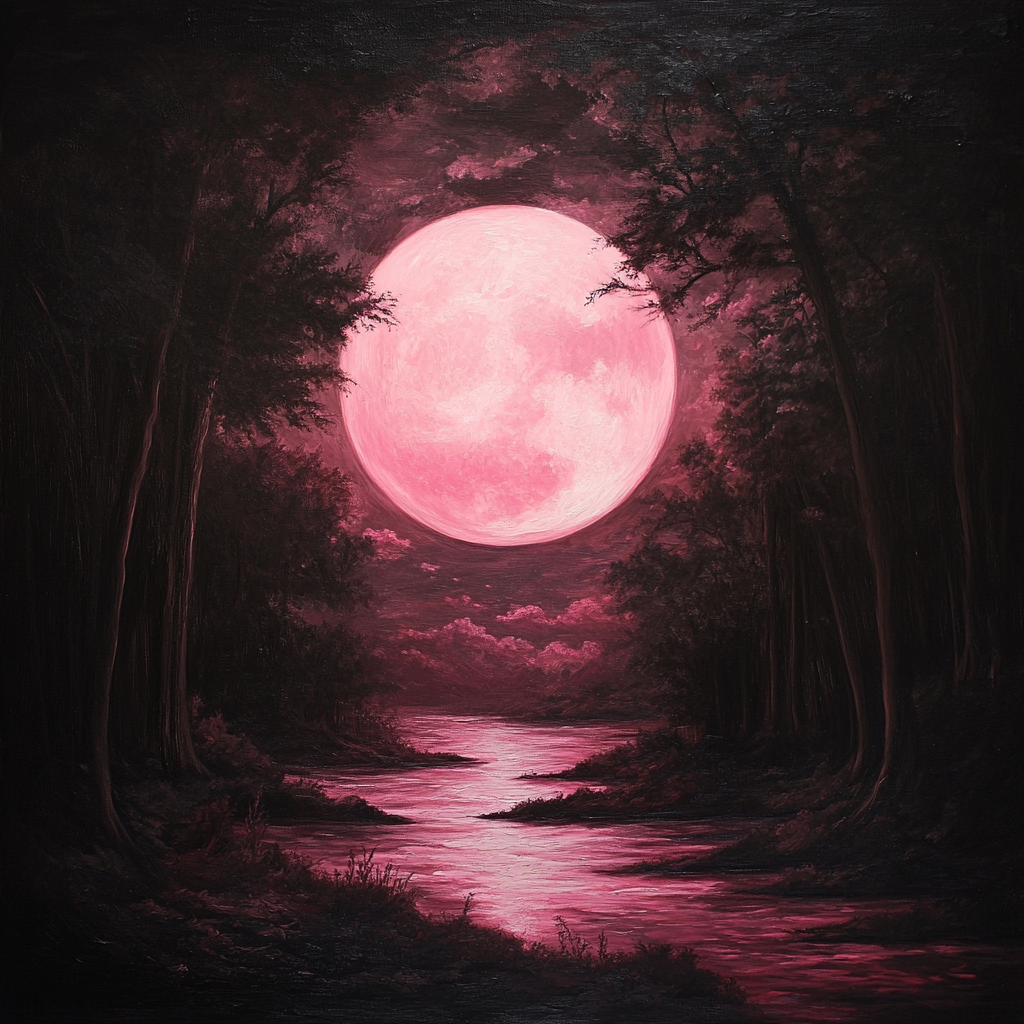Tonight marks the emergence of the Full Flower Moon 2025!
The May full moon delivers a breathtaking vision for skywatchers worldwide, and its name comes from the profusion of wildflowers that bloom during this time of year.
Today, May 12, at 12:56 p.m. EDT (17:56 GMT), the Flower Moon will be fully illuminated, meaning that for skywatchers in the United States, Earth’s nearest celestial partner will be deep below the horizon. When the full moon emerges over the southeast horizon at approximately 8:30 p.m. local time, this prepares the ground for a spectacular lunar entry. Don’t worry if you don’t see the moon tonight; the average stargazer will still see it as full for a few more nights.
Depending on where you live, the precise time of the full moon will vary. To find out the time in your area, use a reputable astronomy website like in-the-sky.org or a stargazing app like Starry Night. Additionally, if you intend to observe the night sky, be sure to review our guide to the top stargazing apps of 2025.

Tricks of the light and the mind
Tonight, when the moon is close to the horizon, it can appear slightly larger than usual to the unaided eye. This mental trick is called the “moon illusion.” In actuality, whether the moon is directly overhead or near the horizon, its size in the sky doesn’t alter all that much.
Our minds, however, tell us that the moon is bigger when it is near the horizon. Although NASA has admitted that there is currently no scientific explanation for the phenomena, leading ideas claim that it is caused by the way the human brain interprets the sizes of objects at different distances.
The full moon that bears its name may be as diverse in colour as flowers. More precisely, in the seconds after moonrise, the lunar disc can be observed turning yellow or orange.
Sunlight reflected from the moon’s surface must travel farther through Earth’s atmosphere to reach an observer when the moon is near the horizon than when it is overhead. This mechanism can give the moon a yellow or rusty appearance by scattering the shorter, bluer light wavelengths while letting the longer, redder ones pass through.
Opportunities bloom
The astrophotography community will find the full Flower Moon to be an enticing target, especially at moonrise when photographers can use their imagination to blend their lunar subject with the surrounding scenery. If you would want to try your hand at photographing the full Flower Moon, check out our guide to lunar photography. Want to improve your equipment? To make sure you’re prepared for anything the night sky may throw at you, make sure to read our tips on the best astrophotography cameras and lenses.
Of course, tonight’s night sky will provide more than just the Flower Moon. The bright stars Spica and Arcturus will shine brightly above the moon, while the stars of the constellation Libra will rise alongside it on the moon’s left side. On the morning of May 13, Venus and Saturn will be seen rising in the east as the moon sets, while Jupiter and Mars will be visible in the western sky around moonrise.




